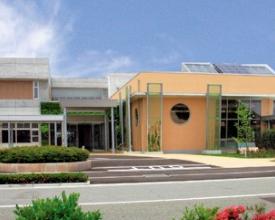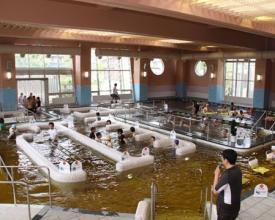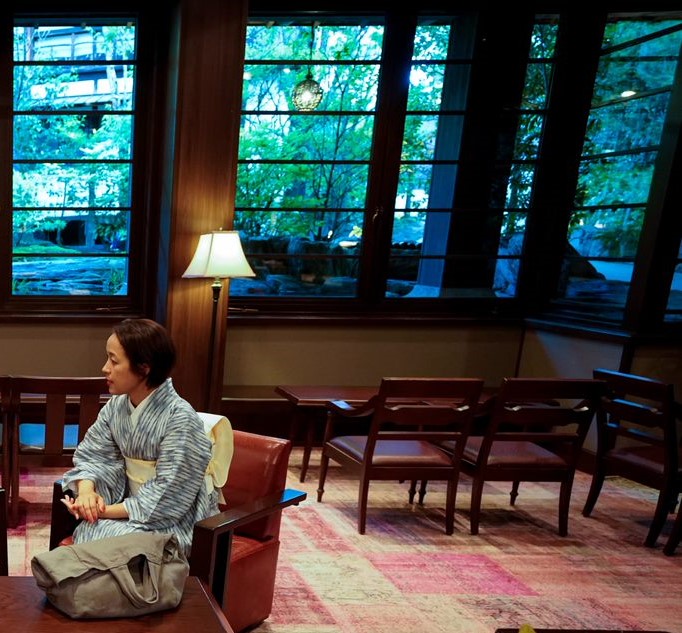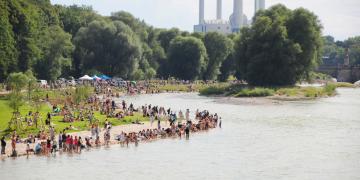
Revitalizing the Aging City: Kadokawa Nursing Care Prevention Center
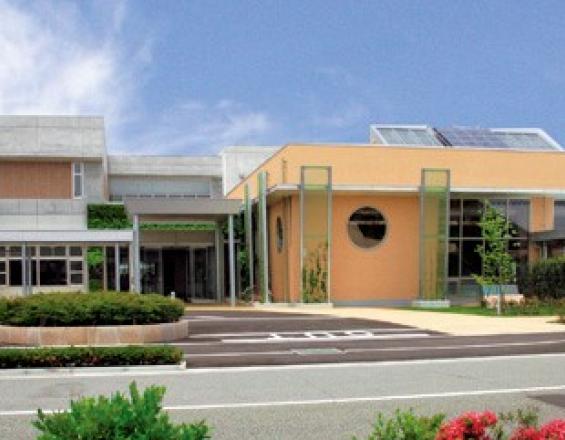
Preventive care in Japan aims to reduce the number of elderly people who need nursing care and insurance support by improving the quality of elderly life through encouraging them in making efforts to maintain their health and physical mobility, and participate in social and community activities. This would thereby relieves the financial burden on the government and also reduce the burden faced by the younger generation who support the elderly.
Kadokawa Care Prevention Center is a country’s leading example of preventive care that provides special facilities and unique programs specialized in improving and maintaining the health condition and physical mobility of the elderly. The center was established by Toyama City through unique physical and financial arrangements. It received various monetary and facility donations from the citizens, converting old public facilities due to the shrinking and aging demographic context, and collaborating with private sector in the operation.
Contexte
Challenges addressed
Japan has the highest proportion of elderly citizens in the world. This “hyper-aging” trend will continue for the next decades due to the current falling birthrate and rising life expectancy. This salient situation has been imposing unprecedented economic and social difficulties on the Japanese government. In particular, the accumulating expenses of annuity, medical treatment, and long-term health care programs are a critical consideration, while tax revenues are declining due to a shrinking labor-force. Nevertheless, the situation of aging communities varies by national region, and the City of Toyama has been going through faster aging and shrinking of population compared to other cities in Japan with similar population size. The proportion of elderly citizens over the age of 65 is currently 28% (2016), and is estimated to reach about 30% by 2020.
Emplacement
Traiter
Summary of the process
The inclusive care prevention and health maintenance system is expected to help elderly citizens live actively. Accompanied by the promotion of urban revitalization that cost-effectively offers easier access to public services, safer neighborhoods, and more interactive social spaces for enhancing the quality of elderly life, the Center plays an important public role. It is a hub of local health networks to promote integrated and inclusive care services through community-based approaches. To materialize this revitalization plan in the broad sense, local governments need to seek for possible financial arrangement for the project. The arrangement may include utilizing existing asset, such as converting unused sites or old facilities into the new development in light of changing needs in the aging society.
Building Blocks
Promoting Integrated and Inclusive Care Services through Community-based Approaches
Toyama City is promoting integrated and inclusive care services for the elderly population, and local networks play a key role. The city has 32 community general support centers as contact points for the elderly people in each community, where experts (e.g. nurses, certified social workers, welfare caretakers) monitor and guide the health of the elderly people and advise them to attend the Kadokawa Care Prevention Center, when necessary. The city also works together with a city-based voluntary club which 36% of all the elderly citizens of the city have joined. The city asks several members in the club to take a leadership role in promoting community-based activities for preventive care and communicating with the support centers and the City of Toyama. This community-based approach also helps members become more aware of their own health, and it enhances self-reliance and encourages mutual help among communities.
Enabling factors
- Utilizing local networks to promote care services for the elderly population
- Membership Scheme for Promoting Preventive Care
Lesson learned
Preventive care is one of the critical concepts to be applied in a rapidly aging society, which could enhance the well-being of the elderly, and reduce the financial burden of individuals and pubic services. It can support elderly people to have a self-reliant life and decrease the number of frail elderly citizens who need careful long-term nursing. Integrating preventive care services with other nursing and health care services provided by other public services and networking with local communities can provide higher quality of services more effectively and efficiently.
Proactively Repurposing Public Assets
In aging rural cities, the population aging rate is higher in the city center, and therefore it is important to make the city center more elderly-friendly. This means making the area safe, habitable and accessible to the elderly. Toyama City demolished and integrated several schools due to the shrinking and aging demographic context and utilized one of them for the site of the Prevention Care Center. The location in the downtown area is highly accessible by public transportation such as bus, light rail transit, and community bus from the central station.
Enabling factors
- Governments’ initiative to utilize unused land and facilities due to the shrinking and aging demographic context
- Availability of a large land lot easily accessible by public transportations
Lesson learned
In the context of an aging downtown area, unused sites or old facilities (e.g., abandoned schools) can be utilized for projects that enhance the quality of life of the elderly, like the Kadokawa Preventive Care Center. Proactive repurposing of unused land and old facilities can reduce the initial cost of such projects.
Varied Financial Arrangement
Kadokawa Care Prevention Center was established by Toyama City using donations from citizens and the city budget. One citizen donated hundreds of millions of JPY, or around millions of USD, to the city for the improvement of social welfare services for elderly citizens, and the city decided to build a special center for preventive care on the site of a demolished elementary school. The city also received valuable and useful assets (i.e., hot spring facilities and special apparatus for exercise) donated by several citizens before it began operating. While the property is owned by the city, the facility is operated and managed by a joint venture of private companies.
Enabling factors
The city’s unique financial arrangement for the project by utilizing unused sites for projects, granting a concession to private operators, and asking for a variety of contributions from citizens and/or private companies.
Lesson learned
As public spending on social welfare programs continues to grow in the recent aging trend, it is hard to expect further public resource allocations to long-term care projects for the elderly. Under severe budget constraints, local governments must make great efforts to raise capital funds from diverse resources. The government might be able to utilize unused sites for projects, grant a concession to private operators, and ask for a variety of contributions from citizens and/or private companies (e.g., cash donation, land parcels, related apparatus, etc.).
Impacts
Economic Impact: Decrease in the elderly population who need major support from the Long-term Care Insurance System and also the Health Insurance System. This decrease would in turn reduce the cost of the public insurance system.
Social Impact: The Care Prevention Center helps elderly people keep active and live long, self-reliant lives. In fact, one assessment of 141 members of the center over three months proved that there was a positive influence of exercise on their physical and mental condition. This result also revealed that their standing and walking abilities had noticeably improved and they became aware of improved physical and mental conditions.
Environmental Impact: As the roof top and side walls are covered in greenery and equipped with a solar power generator (3kW), these facilities contribute to alleviating heat-island effects and saving energy. The facility location in the city center can be easily accessed by public transportation rather than private vehicles so that it contributes to reducing road traffic congestion, accidents, and, in turn, CO2 emissions.
Beneficiaries
- Residents of Toyama City
- Local land owners
Sustainable Development Goals
Story
